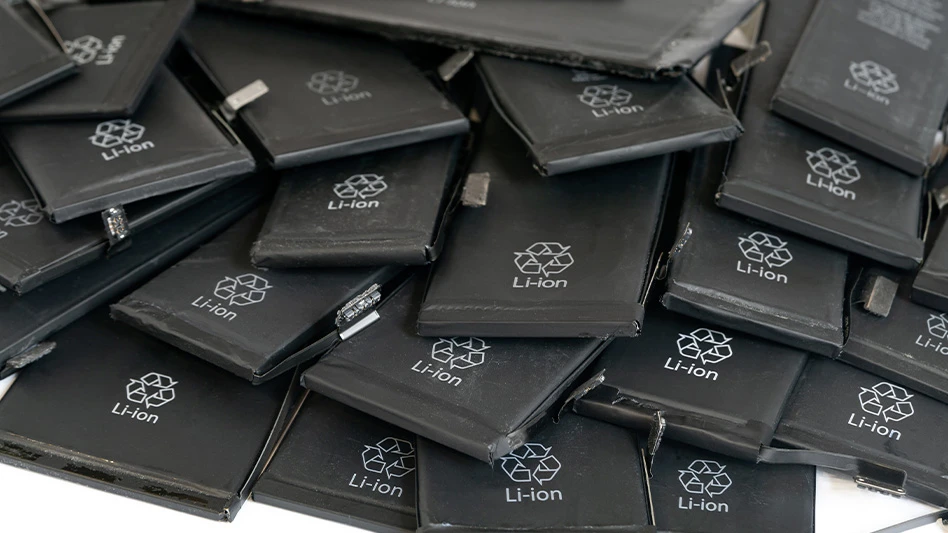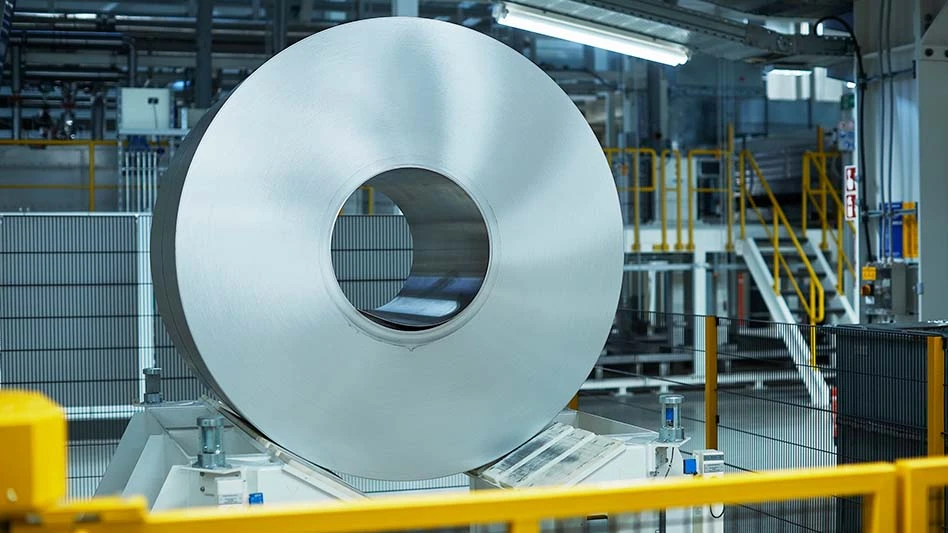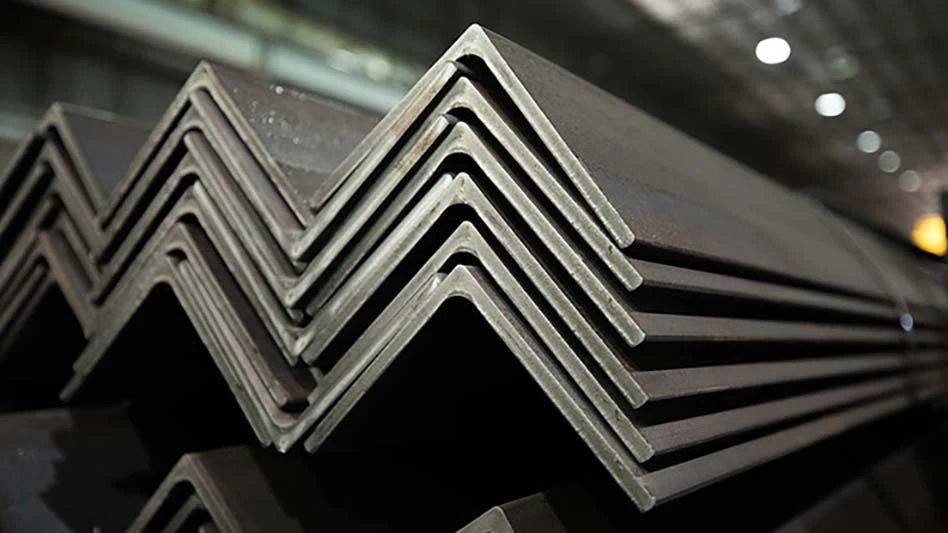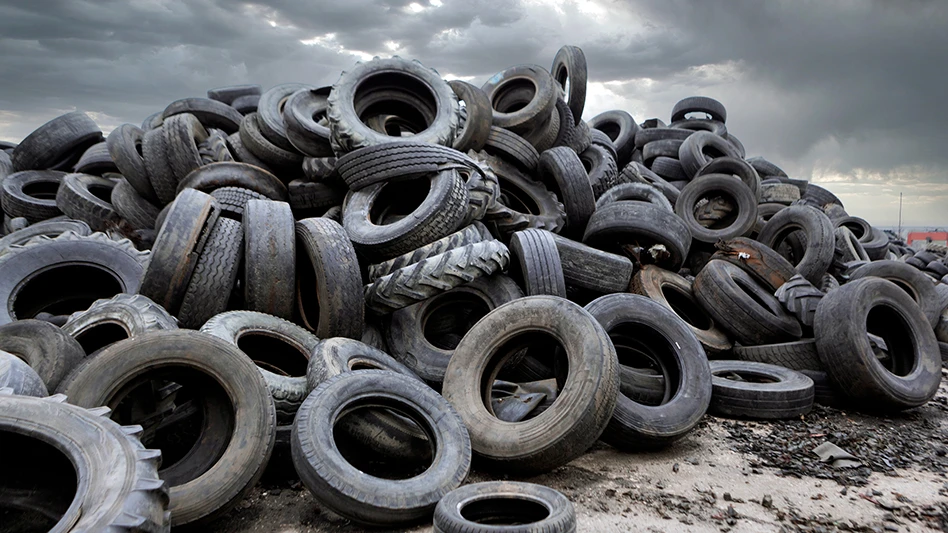After setting a new record of around 1.4 billion metric tons in 2010, global steel production continued its climb in the first half of 2011. In comparison to the January-June period last year, world steel production increased in total by 7.6 percent to 757.8 million metric tons. The biggest increase was recorded by Turkey with growth of 21.3 percent to 16.4 million metric tons but positive results were also posted by most of the biggest global steel producers, including China (+9.6 percent to 350.5 million metric tons), the EU (+4.1 percent to 93.4 million metric tons), the USA (+4.3 percent to 42.7 million metric tons) and Russia (+5.3 percent to 34.6m metric tons).
In our half-yearly report, it is also worthy of note that the increases in steel scrap usage in China (+14.7 percent to 49.8 million metric tons), the EU (+5.7 percent to 53.0 million metric tons), the USA (+8.2 percent to 27.7 million metric tons) and Turkey (+27.1 percent to 14.5 million metric tons) were greater than the respective upturns in crude steel production. The higher scrap consumption in China together with a decline in imports could be a first effect of the country’s new Five Year Plan which calls for the use of more scrap, and especially from domestic collections. For Japan, it is interesting to note that the very small decline in steel scrap usage (-0.3 percent to 19.1 million metric tons) was slightly lower than the decrease in crude steel production (-0.9 percent to 54.1 million metric tons).
In the first half of 2011, global trade in steel scrap was particularly influenced by a 13.5 percent increase in Turkey’s overseas purchases to 9.98 million metric tons, thus enabling the country to reinforce its position as the world’s leading importer. At the same time, it is worth noting the 9.1 percent drop in Chinese scrap imports to 2.78 million metric tons, the 6.6 percent decline in the Republic of Korea’s outside purchases to 4.23 million metric tons and the 51.6 percent decrease in India’s scrap imports to 1.15 million metric tons.
Meanwhile, the total received by Taiwan soared 11.5 percent to 2.71 million metric tons in January-June 2011. Import data obtained from Vietnam reveal that the country’s scrap imports jumped 38.5 percent to 1.28 million metric tons while Thailand’s overseas purchases climbed 64.3 percent to 1.10 million metric tons in the first half of 2011.
As for the main four steel scrap exporters, there were increases in the USA’s and Russia’s overseas deliveries but a decline in shipments from the EU and Japan.
After recording a drop in 2010, America’s exports jumped 25.8 percent to 12.21 million metric tons in the first half of 2011, mainly as a result of sending higher volumes to China (+34.6 percent to 2.09 million metric tons), to Taiwan (+40.1 percent to 1.6 million metric tons) and, last but not least, to Turkey for which the total of 2.68 million metric tons represented a massive 58.2 percent increase when compared to the first six months of 2010. Overall, the USA held on to its position as the world’s leading exporter of steel scrap.
Turkey is the biggest buyer of EU steel scrap but these deliveries recorded a small decline of 0.1 percent to 4.95 million metric tons. The EU’s total exports - which have grown significantly in the last five years - fell 5.8 percent to 9.08 million metric tons in the first half of 2011, possibly because Euro/US dollar exchange rate movements did not favor Europe’s export position. Over the half-year period, there was a steep drop in EU steel scrap shipments to leading outlets like Egypt (-39.9 percent to 633,000 metric tons) and India (-14.1 percent to 908,000 metric tons), but a sharp increase in shipments to China (+60.8 percent to 476,000 metric tons).
Japan’s export volumes declined by 33.9 percent to 2.42 million metric tons in the first half of this year, probably largely as a result of the tragic earthquake and tsunami in March. Shipments to the Republic of Korea fell 33.8 percent to 1.34 million metric tons, those to China slid 20.3 percent lower to 1.05 million metric tons and deliveries to Taiwan slumped 33.8 percent to 14,000 metric tons. In contrast, steel scrap exports from Russia soared 126.9 percent in the first half of 2011 to almost 1.81 million metric tons; Turkey was the most significant outlet in taking 727,000 metric tons - equivalent to an increase of 125.8 percent.
Click here to view statistical charts.
Rolf Willeke is the statistics advisor to the BIR Ferrous Division. More information is available at www.bir.org.
Latest from Recycling Today
- PACK Act introduced to Congress
- HJHansen Recycling Group takes controlling interest in HJM Recycling Køge
- Tariff opposition in US turns up volume
- Paprec acquires metal recycling assets
- Komatsu debuts hybrid-powered excavator
- Ford pivots away from EVs
- McNeilus to showcase advanced refuse, recycling technology at CES 2026
- Greyparrot report highlights improving recycling efficiency





